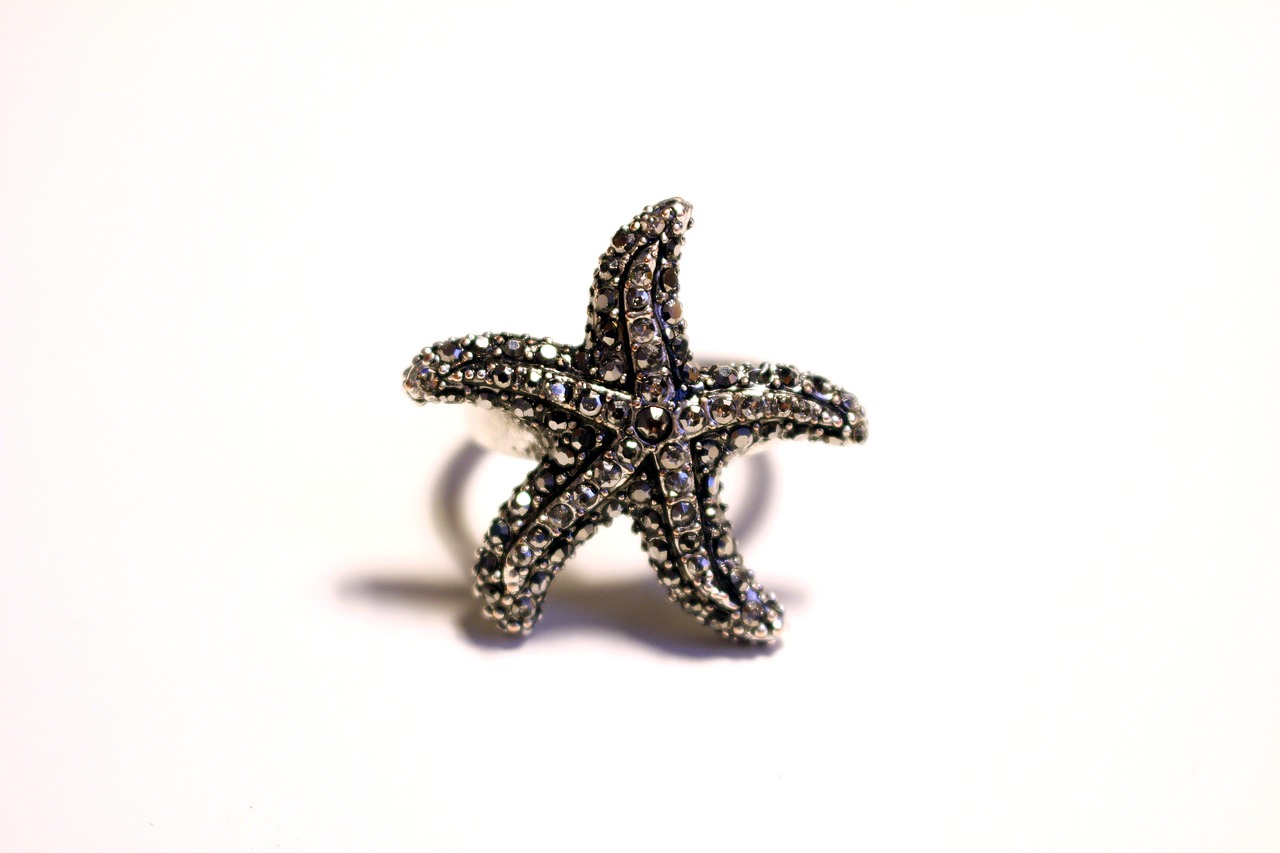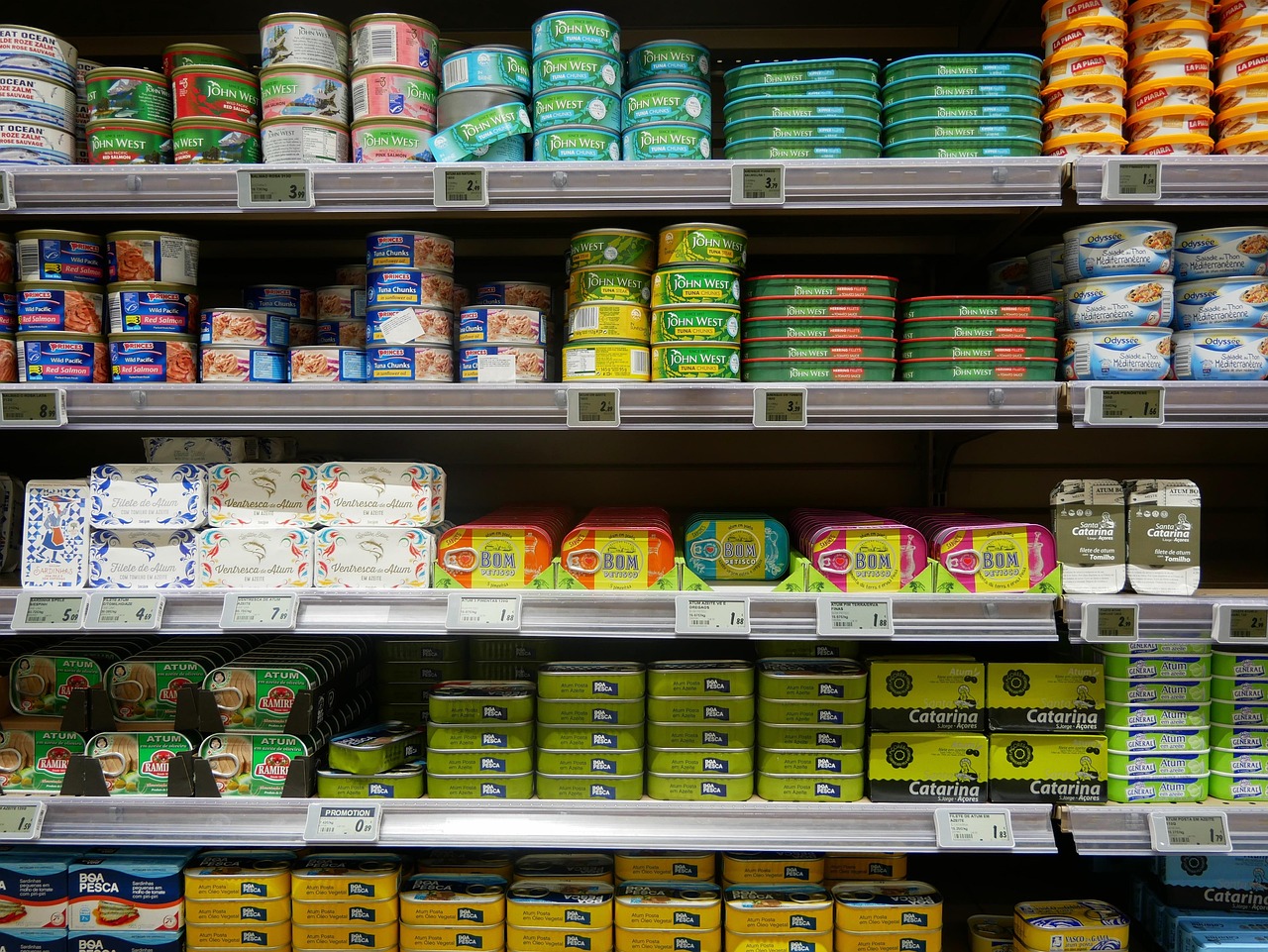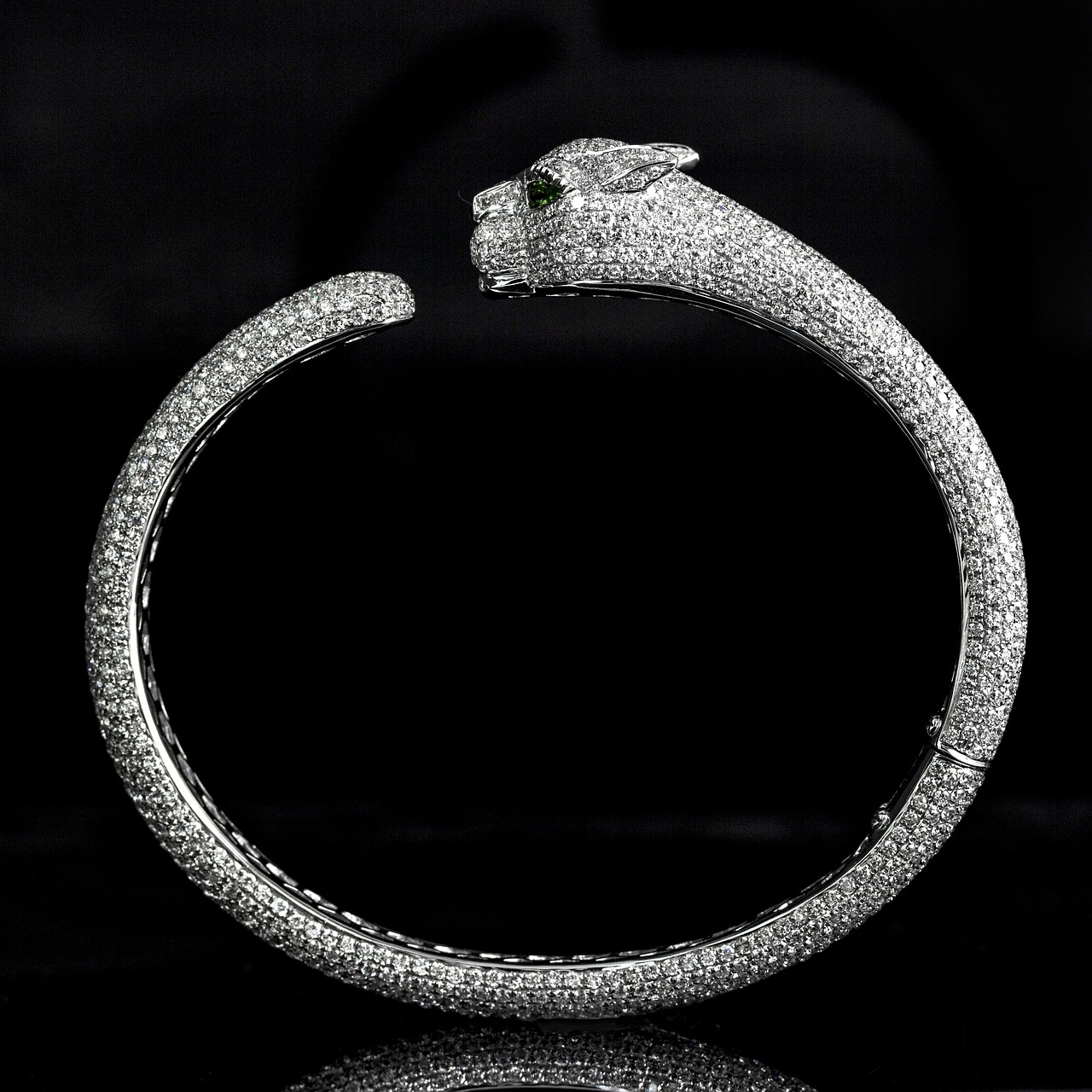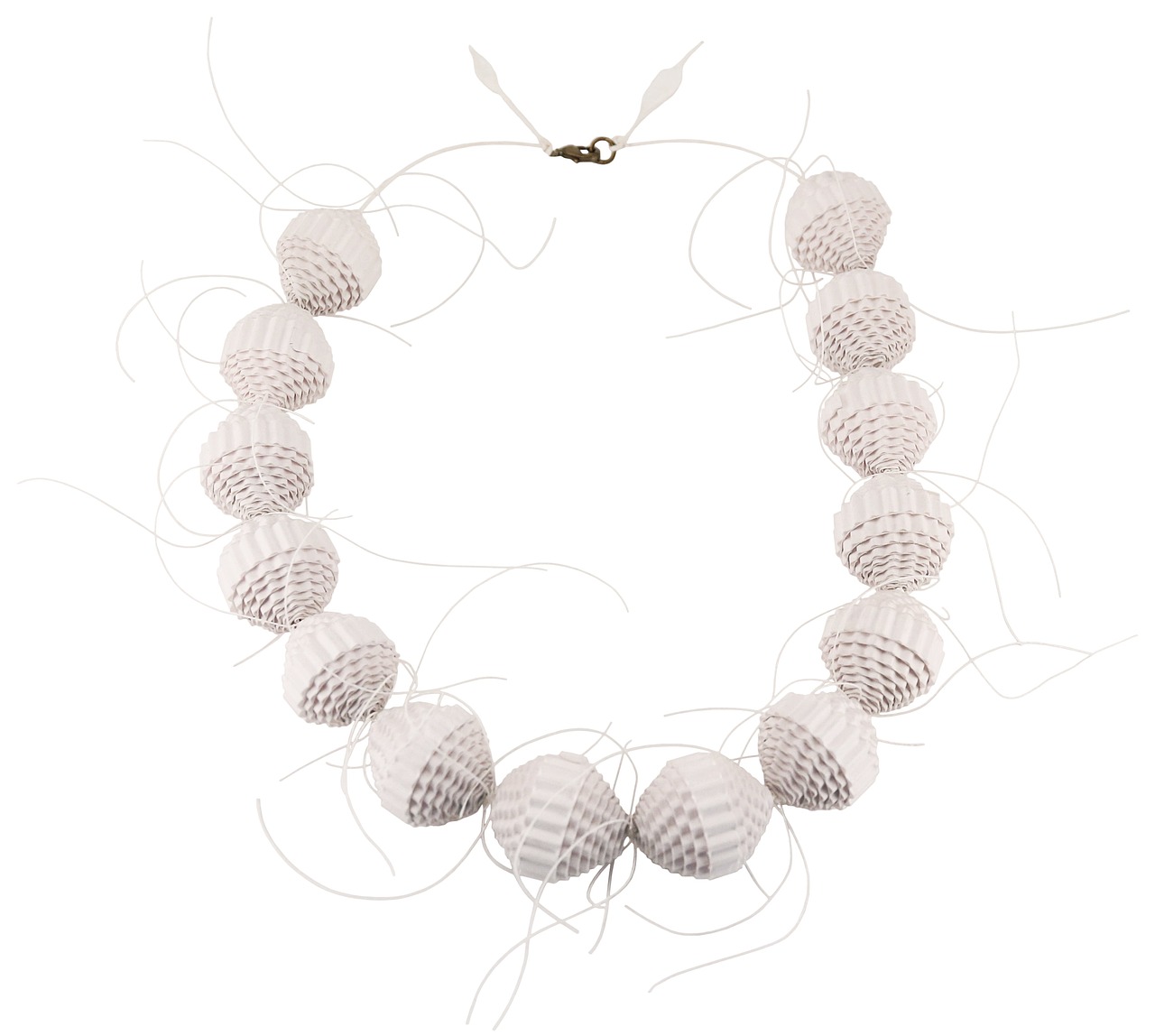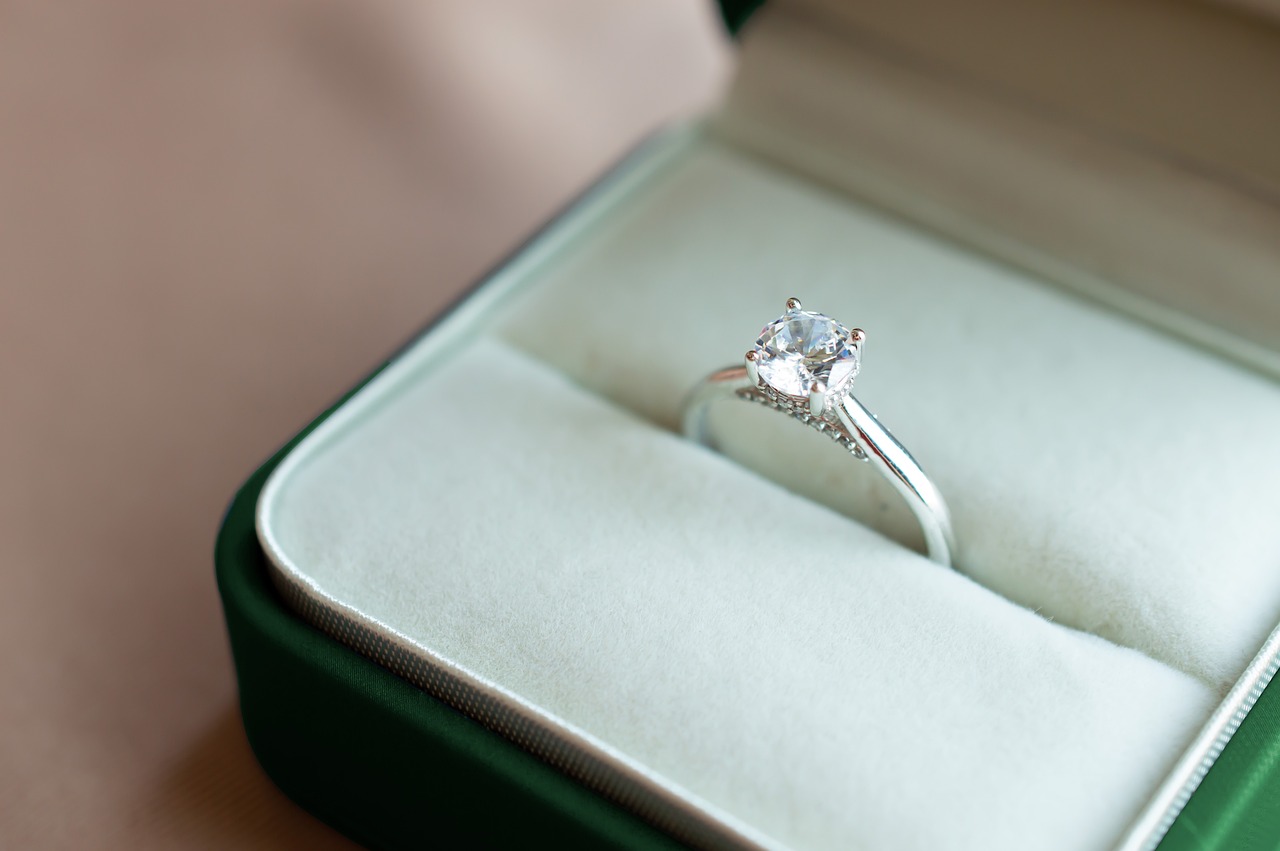The world of rare gemstones is not just a realm of beauty; it is also a thriving investment opportunity. As investors seek to diversify their portfolios, the allure of rare gemstones continues to grow. This article delves into the intricacies of these precious stones, exploring their investment potential, current market trends, and the key characteristics that make them highly coveted by both collectors and investors.
Understanding what elevates a gemstone’s rarity and value is essential for any potential investor. Several factors contribute to this:
- Scarcity: The fewer gemstones available, the higher their value. Some stones are found in limited locations.
- Demand: Popularity among collectors and investors can drive prices up significantly.
- Quality: Characteristics such as cut, clarity, color, and carat weight play a crucial role in determining a gemstone’s worth.
For investors looking to capitalize on the rare gemstone market, here are some of the most sought-after stones:
- Alexandrite: Known for its unique color-changing ability, this gemstone has shown remarkable appreciation in value.
- Red Beryl: Also known as Bixbite, this stone is extremely rare and highly valued due to its limited availability.
Analyzing current market trends is vital for making informed investment decisions. The demand for rare gemstones has been on the rise, driven by:
- Increased Awareness: More investors are becoming aware of the potential returns from rare gemstones.
- Emerging Markets: Regions such as Asia and the Middle East are showing growing interest in gemstone investments.
For investors, evaluating the quality of gemstones is crucial. Key criteria include:
- Cut: The quality of the cut affects how light interacts with the stone.
- Clarity: Fewer inclusions mean a more valuable gemstone.
- Color: Rich, vibrant colors are often more desirable.
- Carat Weight: Larger stones typically command higher prices, but quality is paramount.
When purchasing rare gemstones, consider the following:
- Finding Reputable Dealers: Ensure you source gemstones from trusted vendors to guarantee quality.
- Understanding Pricing: Familiarize yourself with the factors influencing gemstone valuation to make informed purchases.
Looking ahead, the future of gemstone investments appears promising. Factors such as technological advancements in gemstone grading and increased global interest in unique investments are likely to shape the market. As consumer preferences evolve, rare gemstones are expected to retain their status as valuable assets.
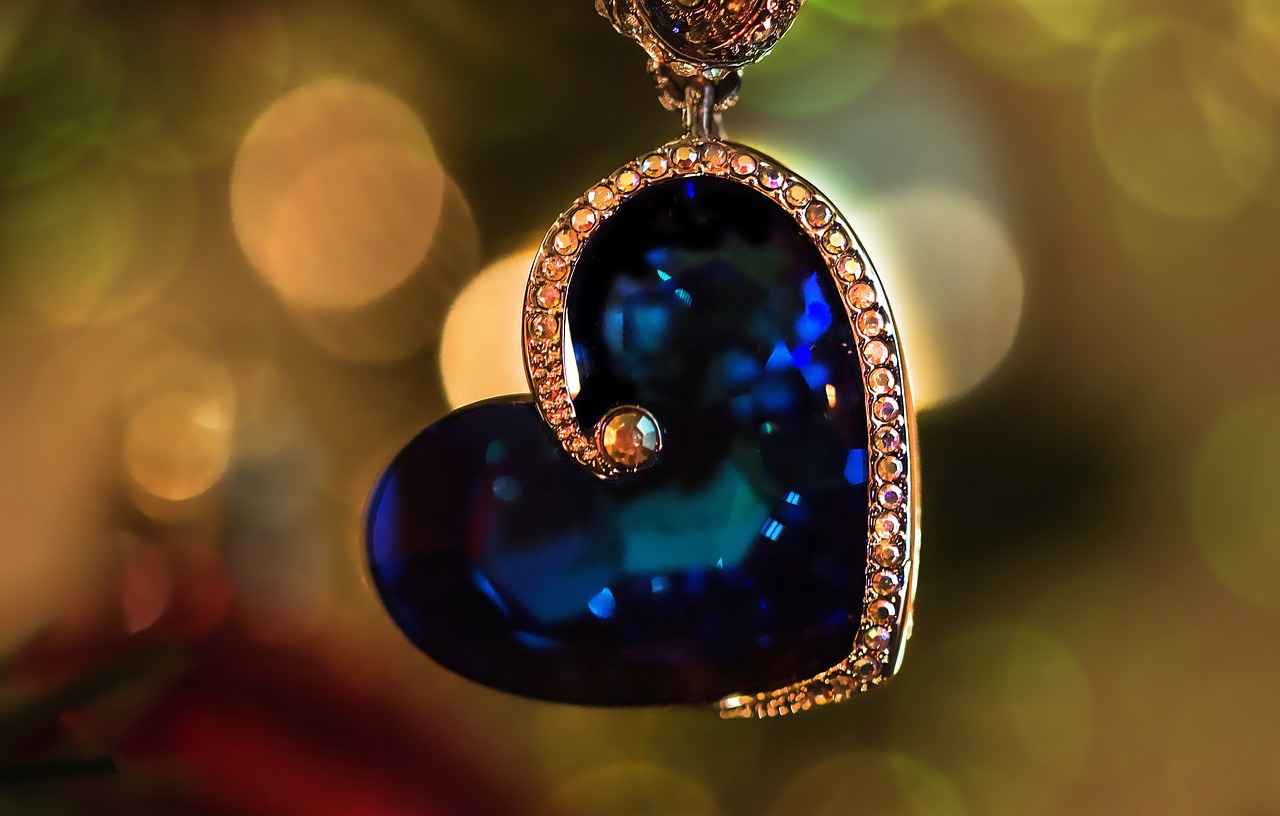
What Makes a Gemstone Rare and Valuable?
When exploring the world of gemstones, understanding what makes a gemstone rare and valuable is crucial for both collectors and investors. The value of gemstones is not solely based on their physical beauty; it is a complex interplay of various factors that contribute to their desirability and market status.
- Scarcity: The availability of a gemstone in nature plays a significant role in its rarity. For instance, gemstones like red beryl are found in limited quantities, making them highly sought after.
- Demand: Market demand can fluctuate based on trends, cultural significance, and consumer preferences. Gemstones that are currently in vogue can see dramatic increases in value.
- Quality: The quality of a gemstone is assessed through various criteria, such as cut, clarity, color, and carat weight. A gemstone with exceptional quality will generally command a higher price.
- Provenance: The history and origin of a gemstone can also add to its value. Stones with a notable background or those sourced from specific regions often attract more attention.
These factors combined determine the overall value of a gemstone in the market. For instance, a diamond may be rare, but if it lacks the desired quality attributes, its value may not match that of a high-quality emerald that is less rare but more desirable among collectors.
Another essential aspect is the market trends. The gemstone market is dynamic, influenced by economic conditions, social media trends, and even celebrity endorsements. Investors must stay informed about these trends to make educated decisions. For example, the rise of eco-conscious consumers has led to increased interest in ethically sourced stones, affecting their market value.
Furthermore, the technological advancements in gemstone treatments and enhancements can also impact value. Treatments that improve the appearance of a stone can sometimes diminish its value, while others may enhance it, depending on consumer perception.
In summary, understanding what makes a gemstone rare and valuable is a multifaceted endeavor. Investors should consider the interplay of scarcity, demand, quality, provenance, and market trends when evaluating gemstones. By doing so, they can make informed decisions that align with their investment goals and enhance their collections.

Top Rare Gemstones to Invest In
Investing in rare gemstones can be a lucrative venture for those who understand the market dynamics. This section highlights some of the most sought-after gemstones that have shown remarkable appreciation in value over the years. By focusing on these gems, investors can make informed decisions that align with their financial goals.
- Alexandrite: Known for its stunning color-changing properties, Alexandrite is a rare variety of chrysoberyl. This gemstone can shift from green in daylight to red under incandescent light, making it a favorite among collectors. Its rarity is amplified by the fact that high-quality stones are extremely limited, resulting in significant price appreciation over time.
- Red Beryl: Often referred to as Bixbite, this gemstone is one of the rarest in the world. Found primarily in Utah, its vibrant red color and limited supply contribute to its high market value. With only a few known sources, investors are increasingly drawn to Red Beryl as a unique addition to their portfolios.
- Paraiba Tourmaline: This striking blue to green gemstone originates from Brazil and is renowned for its neon-like glow. The rarity of Paraiba Tourmaline, combined with its captivating color, has led to a surge in demand and value. Investors should consider acquiring high-quality specimens, as they tend to appreciate significantly over time.
- Grandidierite: This rare blue-green mineral is primarily found in Madagascar. Grandidierite is so scarce that it is often considered a collector’s gem. Its unique color and limited availability make it a potential investment opportunity for those looking to diversify their gemstone collection.
- Benitoite: Discovered in California, Benitoite is the official state gem and is prized for its striking blue color and rarity. With only a few known deposits, this gemstone has become increasingly sought after by investors. Its limited supply and unique characteristics make it a valuable addition to any investment portfolio.
Investors should conduct thorough research and consider the market trends associated with each gemstone. The value of rare gemstones can fluctuate based on various factors, including demand, quality, and market dynamics. By staying informed and understanding the characteristics that make these gemstones desirable, investors can enhance their chances of making profitable investments.
In summary, the world of rare gemstones offers numerous opportunities for investment. By focusing on gems such as Alexandrite, Red Beryl, Paraiba Tourmaline, Grandidierite, and Benitoite, investors can tap into a niche market that has shown resilience and potential for growth. As always, due diligence and expert insights are crucial for navigating the complexities of gemstone investments.
Alexandrite: The Color-Changing Wonder
Alexandrite, often referred to as the color-changing wonder, is a mesmerizing gemstone that has captured the fascination of collectors and investors alike. Its remarkable ability to shift colors—from a vibrant green in daylight to a deep red under incandescent light—sets it apart in the world of gemstones. This unique characteristic is not just a visual marvel; it also plays a crucial role in its rarity and investment potential.
Alexandrite is extremely rare, primarily due to the specific geological conditions required for its formation. Found predominantly in Russia, Brazil, and Sri Lanka, the availability of high-quality Alexandrite is limited. The most sought-after specimens exhibit a strong color change and excellent clarity, making them even more valuable. As a result, collectors often find themselves competing for these exceptional stones, further driving up their market value.
The investment potential of Alexandrite is significant, as its rarity and aesthetic appeal make it a desirable asset. Over the years, Alexandrite has shown a remarkable appreciation in value, often outperforming traditional investment options. Investors are increasingly recognizing the gemstone’s potential as a hedge against inflation and a means of diversifying their portfolios.
- Color Quality: The intensity and hue of the color change are critical factors in determining value. Stones that exhibit a strong and vivid color shift are the most sought after.
- Clarity: Higher clarity grades significantly enhance the value of Alexandrite. Stones with minimal inclusions are more desirable.
- Size: Larger specimens are rarer and thus command higher prices. A carat weight of 2 carats or more is considered exceptional.
- Origin: Alexandrite from certain locations, particularly the original deposits in Russia, is often more valuable due to its historical significance.
In recent years, the market for Alexandrite has experienced a surge in demand. Collectors and investors are increasingly drawn to its unique properties, leading to a rise in prices. Moreover, the growing interest in colored gemstones as an alternative investment has further fueled this trend. As awareness of Alexandrite’s beauty and investment potential spreads, it is likely that its value will continue to climb.
Investing in Alexandrite requires careful consideration. Here are some tips for potential investors:
- Always seek out certified gemstones from reputable dealers. Certifications ensure that the stone’s quality and authenticity have been verified.
- Research the market to understand current prices and trends. Knowledge of the market can help you negotiate better deals.
- Consider purchasing Alexandrite during gemstone shows or auctions, where you may find unique pieces.
In summary, Alexandrite stands out not only for its stunning aesthetic qualities but also for its potential as a valuable investment. With its rarity and unique characteristics, it continues to be a favorite among collectors and investors alike. As the market evolves, those who recognize the value of Alexandrite may find themselves well-positioned for future appreciation.
Red Beryl: The Elusive Beauty
Red Beryl, also known as Bixbite, is not just a gemstone; it is a symbol of rarity and beauty. This magnificent stone is considered one of the rarest gemstones on Earth, with its striking red hue captivating collectors and investors alike. In this section, we will delve into the factors contributing to its limited availability and discuss why it holds such a high market value.
The scarcity of Red Beryl can be attributed to several factors:
- Geological Formation: Red Beryl forms under very specific geological conditions, primarily found in volcanic regions. This unique formation process limits its availability.
- Location: Most of the world’s Red Beryl comes from a single location in Utah, USA. This geographical limitation significantly impacts its supply.
- Mining Challenges: The mining of Red Beryl is not only labor-intensive but also risky, leading to further restrictions on its availability.
The market value of Red Beryl is influenced by multiple factors:
- Color and Clarity: The most valuable Red Beryls exhibit a vibrant red color, often compared to rubies. Clarity also plays a crucial role, with higher clarity stones fetching higher prices.
- Size: Larger stones are exceedingly rare, making them significantly more valuable. A stone weighing even a few carats can command a premium price.
- Market Demand: As awareness of this gemstone grows, so does its demand. Collectors and investors are increasingly seeking out Red Beryl for its unique characteristics.
Investors are drawn to Red Beryl not only for its beauty but also for its potential as a valuable asset. The rarity of this gemstone means that its value is likely to appreciate over time. Those looking to invest in Red Beryl should consider the following:
- Certification: Ensure that any Red Beryl purchase comes with certification from a reputable gemological institute, which can help validate its quality and value.
- Research: Understanding market trends and historical performance is crucial for making informed investment decisions.
- Long-Term Holding: Like many rare gemstones, Red Beryl is best viewed as a long-term investment, rather than a quick profit opportunity.
When evaluating Red Beryl, consider the following key attributes:
- Color: Look for a vivid red hue with minimal brown or purple undertones.
- Clarity: Higher clarity stones are more desirable. Check for inclusions or blemishes.
- Cut: A well-cut stone will enhance its brilliance and overall appearance, impacting its value.
In conclusion, Red Beryl is more than just a beautiful gemstone; it is a rare treasure that offers significant investment potential. Its limited availability, combined with increasing demand, makes it a coveted choice for collectors and investors alike. As the market for rare gemstones continues to evolve, understanding the unique characteristics and value of Red Beryl will be essential for anyone looking to explore this intriguing investment opportunity.
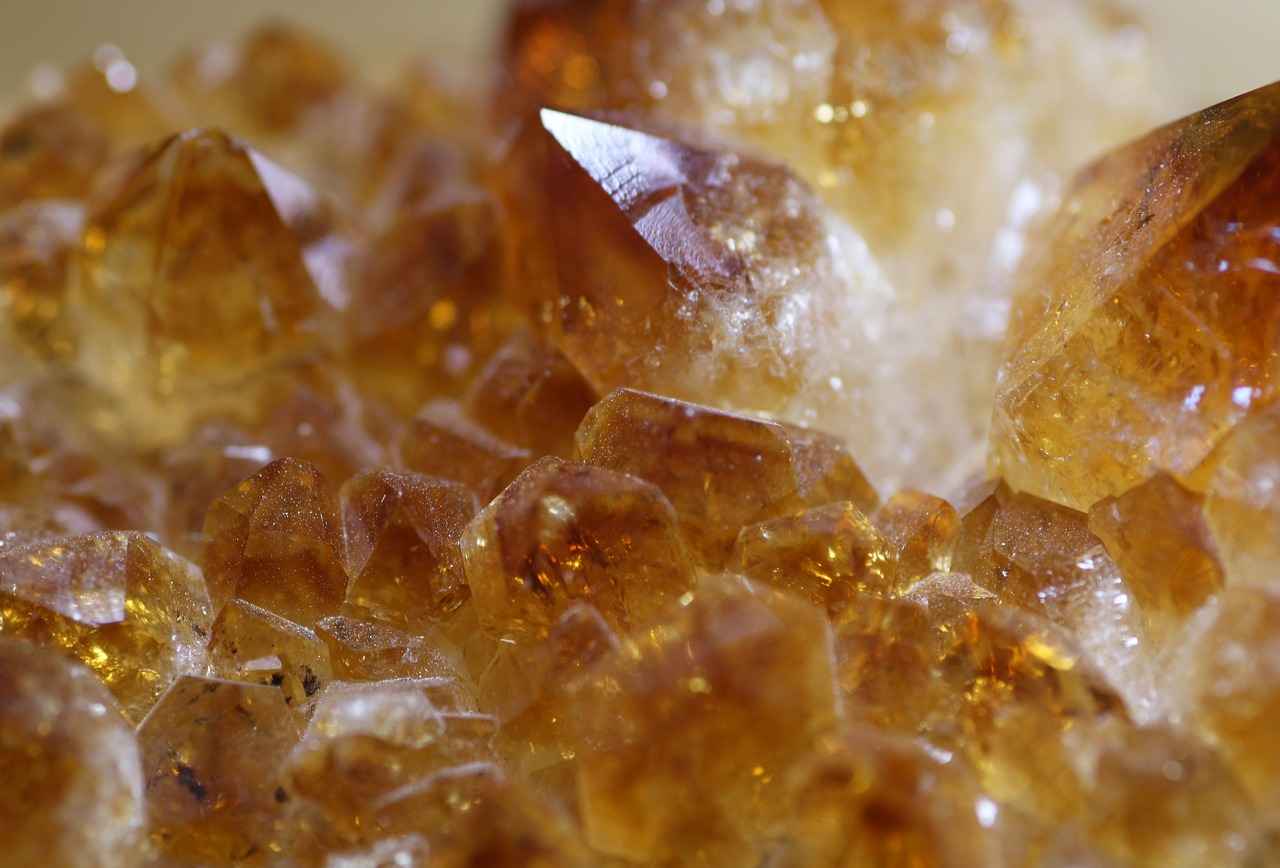
Market Trends in Rare Gemstone Investments
Understanding the dynamics of rare gemstone investments is essential for investors looking to diversify their portfolios. As the market evolves, analyzing current trends can provide valuable insights into the fluctuations and demand for these unique assets. This section delves into the factors influencing the market, helping investors make informed decisions.
One of the primary drivers of gemstone value is the interplay between supply and demand. With many rare gemstones being mined in limited quantities, their availability can significantly impact prices. For instance, stones like Red Beryl and Alexandrite are not only scarce but also highly sought after by collectors, which can lead to price surges during periods of high demand.
- Market Fluctuations: Gemstone prices can be volatile, influenced by economic conditions, fashion trends, and collector interest. Keeping an eye on these fluctuations is crucial for timing purchases or sales.
- Investment Trends: As more investors recognize the potential of gemstones as a tangible asset, interest in rare gems has grown. This trend is particularly evident in emerging markets where rising wealth is driving demand.
- Collector Preferences: Shifts in collector tastes can also affect the market. For example, certain colors or types of gemstones may become more popular, leading to increased demand and higher prices.
Another significant factor impacting the market is the global economic climate. During times of economic uncertainty, investors often seek safe-haven assets, and gemstones can fit this role. Their intrinsic value, combined with the emotional appeal of owning something rare and beautiful, makes them attractive during market downturns.
Furthermore, the rise of online platforms has changed how gemstones are bought and sold. Investors now have access to a broader market, allowing them to compare prices, verify authenticity, and connect with reputable dealers from around the world. This accessibility can lead to increased competition, ultimately driving prices higher.
As we analyze historical performance, it’s clear that many rare gemstones have shown resilience over time. For instance, data indicates that the value of high-quality gemstones tends to appreciate, making them a potentially lucrative investment. Investors should consider historical trends and seek expert advice to navigate the complexities of this market.
In addition, emerging markets are playing a crucial role in shaping the future of gemstone investments. Regions such as Asia and the Middle East are witnessing a surge in interest, driven by a growing middle class with disposable income. This demographic shift is likely to impact demand and pricing, making it essential for investors to stay informed about these developments.
In conclusion, understanding the current market trends in rare gemstone investments is vital for informed decision-making. By analyzing supply and demand dynamics, economic factors, and emerging markets, investors can better position themselves to capitalize on the potential of these exquisite assets. As the market continues to evolve, staying abreast of these trends will be key to successful investing in rare gemstones.
Historical Performance of Rare Gemstones
When it comes to investing in rare gemstones, understanding their historical performance is crucial for making informed decisions. Investors often rely on past data to assess the potential future value of these precious stones. This section delves into the historical performance trends of rare gemstones, highlighting their resilience and the factors that contribute to their enduring market appeal.
Why Analyze Historical Data?
Analyzing historical data provides investors with insights into how gemstones have performed over time. This includes understanding price fluctuations, demand cycles, and the overall market environment. By examining these trends, investors can make predictions about future value, allowing them to capitalize on potential growth opportunities.
Resilience of Rare Gemstones in the Market
Rare gemstones have demonstrated remarkable resilience in the market, often maintaining or even increasing their value during economic downturns. For instance, stones like Alexandrite and Red Beryl have shown consistent appreciation over the years, making them attractive options for investors. The limited supply of these stones, combined with their unique qualities, contributes to their stable demand.
| Gemstone | Average Annual Appreciation (%) | Market Demand Factors |
|---|---|---|
| Alexandrite | 10-15% | Color change ability, rarity |
| Red Beryl | 8-12% | Limited availability, beauty |
| Pink Diamond | 15-20% | High demand, investment potential |
Investment Trends Over the Decades
Throughout the past few decades, the investment landscape for rare gemstones has evolved significantly. In the 1980s and 1990s, colored diamonds began to gain popularity, leading to a surge in their prices. More recently, gemstones like Paraiba Tourmaline and Sapphire have emerged as strong contenders in the investment market, showcasing impressive growth rates.
Factors Influencing Historical Performance
- Scarcity: The limited availability of certain gemstones directly impacts their value. As demand increases and supply remains constant or decreases, prices tend to rise.
- Quality: Gemstones with superior quality in terms of cut, clarity, color, and carat weight often command higher prices. Investors should focus on these attributes when evaluating potential purchases.
- Market Trends: Economic conditions, fashion trends, and cultural shifts can influence the desirability of certain gemstones. Staying informed about these trends can help investors make strategic choices.
Conclusion
In summary, the historical performance of rare gemstones reveals a pattern of resilience and appreciation that can be appealing to investors. By analyzing past trends and understanding the factors that influence market dynamics, investors can position themselves to make informed decisions. As the gemstone market continues to evolve, staying abreast of historical data will be essential for those looking to invest wisely.
Emerging Markets for Gemstone Investments
In recent years, the world of gemstone investments has seen a significant transformation, with new markets emerging that cater to a diverse range of investors. As global wealth shifts and demographics evolve, interest in rare gemstones is growing in various regions, impacting both demand and market value.
Emerging markets for gemstone investments are primarily found in Southeast Asia, Latin America, and parts of Africa. These regions are witnessing a rise in disposable income and a growing middle class, leading to increased interest in luxury items, including gemstones. Countries like Vietnam and Brazil are becoming notable players in the gemstone market, attracting both local and international investors.
As younger generations become more financially empowered, their investment preferences are changing. Millennials and Gen Z are increasingly drawn to alternative investments, including gemstones, as a way to diversify their portfolios. This shift is largely driven by a desire for tangible assets that can appreciate over time, especially in uncertain economic climates.
Cultural significance plays a vital role in the demand for gemstones. In many Asian cultures, gemstones are not only seen as luxury items but also as symbols of status and prosperity. For instance, jade is highly revered in Chinese culture, leading to a consistent demand that drives up its market value. Similarly, colored gemstones like rubies and sapphires are gaining popularity in wedding and engagement rings, particularly in emerging markets.
Technological advancements are reshaping how gemstones are sourced, evaluated, and sold. Online platforms and marketplaces have made it easier for investors to access a wider range of gemstones, allowing for more informed purchasing decisions. Additionally, technologies like blockchain are enhancing transparency in gemstone provenance, which is crucial for building trust among investors.
Investment trends in emerging markets are increasingly leaning towards sustainability and ethical sourcing. Investors are becoming more conscious of the origins of gemstones and are favoring those that are ethically mined and traded. This shift not only reflects changing consumer preferences but also enhances the long-term value of gemstones that adhere to ethical standards.
While emerging markets present exciting opportunities, they also come with inherent risks. Economic instability, regulatory changes, and lack of infrastructure can pose challenges for investors. It is crucial for potential investors to conduct thorough research and consider local market conditions before making any investment decisions.
As new markets for gemstone investments continue to develop, understanding the dynamics of these regions and their unique characteristics is essential for investors. By staying informed about emerging trends and cultural influences, investors can make more strategic decisions that align with their financial goals.
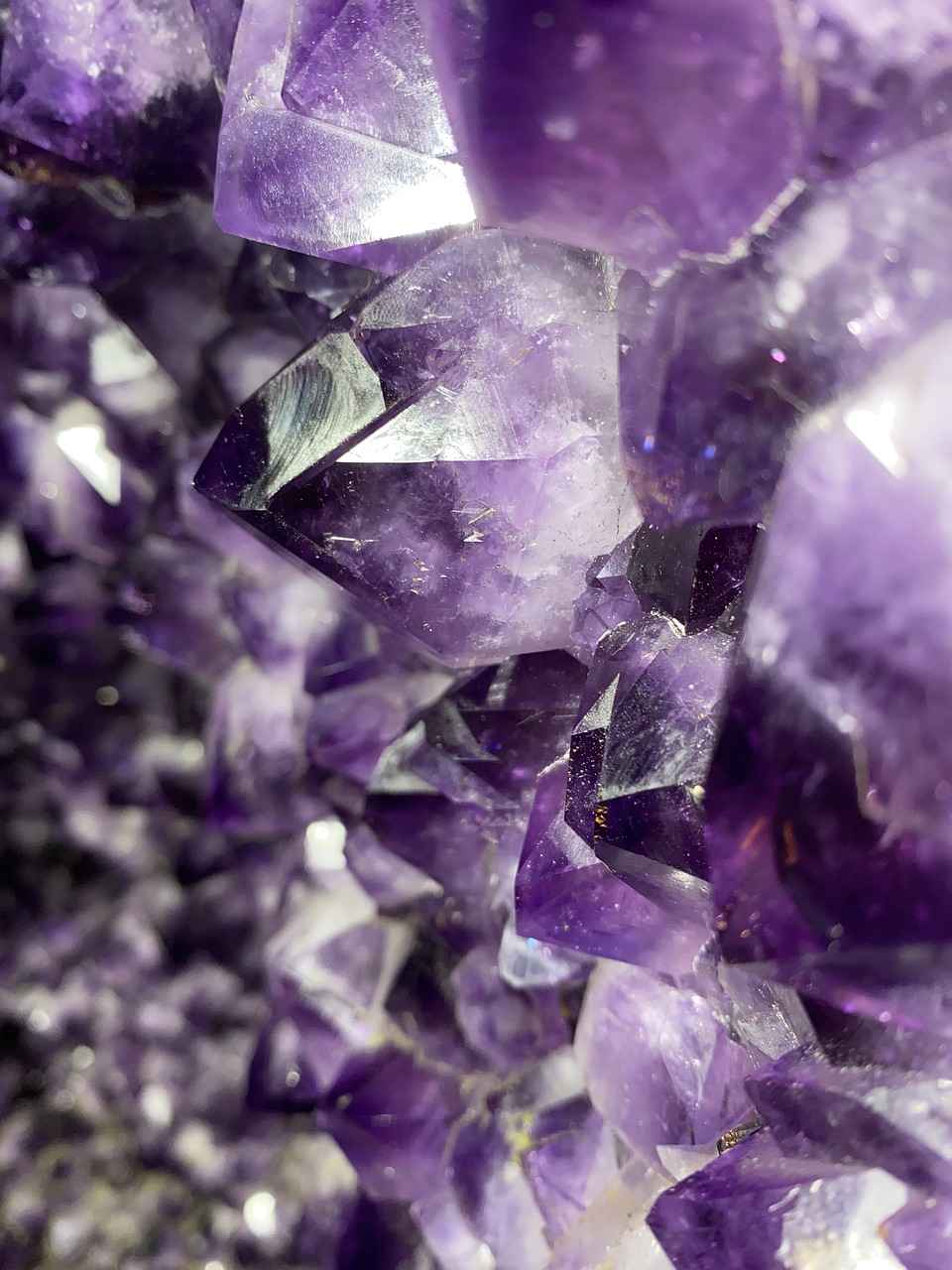
How to Evaluate Gemstone Quality?
When considering an investment in gemstones, understanding how to evaluate their quality is essential. A gemstone’s value is determined by several key factors, commonly referred to as the “Four Cs”: cut, clarity, color, and carat weight. Each of these criteria plays a significant role in the overall appeal and market value of a gemstone.
The cut of a gemstone refers to how well it has been shaped and faceted. A well-cut gemstone will reflect light beautifully, enhancing its brilliance and fire. There are various shapes, including round, oval, and pear, but the quality of the cut is what truly matters. A poorly cut stone may appear dull, regardless of its other qualities. Thus, investing in gemstones with excellent cuts is crucial for maximizing value.
Clarity measures the presence of internal or external flaws, known as inclusions and blemishes. The fewer imperfections a gemstone has, the higher its clarity grade, which directly influences its value. Gemstones are graded on a scale from Flawless to Included, with higher grades commanding significantly higher prices. Investors should prioritize stones with higher clarity ratings to ensure a valuable purchase.
Color is one of the most critical aspects of a gemstone’s appeal. The most valuable gemstones exhibit vibrant, saturated colors. Factors such as hue, tone, and saturation contribute to a gemstone’s overall color quality. For example, a rich blue sapphire is generally more valuable than a pale one. Understanding color grading can help investors make informed decisions about their purchases.
Carat weight indicates the size of the gemstone, with one carat equivalent to 200 milligrams. While larger gemstones are often more valuable, the relationship between carat weight and price is not linear. As carat weight increases, the price per carat typically rises due to rarity. Therefore, investors should consider both carat weight and the other Cs when evaluating a gemstone’s potential value.
Investors should seek gemstones that come with certifications from reputable gemological laboratories. These certifications provide an unbiased assessment of a gemstone’s quality, detailing its cut, clarity, color, and carat weight. Having a certified gemstone not only boosts buyer confidence but also enhances resale value, making it a crucial factor in any investment strategy.
- Neglecting to Compare Quality: Always compare different gemstones to understand the market better.
- Ignoring Certification: Avoid purchasing unverified stones, as they may not hold their value.
- Focusing Solely on Carat Weight: Remember that the other Cs are equally important.
In conclusion, evaluating gemstone quality is a multifaceted process that requires attention to detail and a clear understanding of the Four Cs. By focusing on cut, clarity, color, and carat weight, along with obtaining proper certifications, investors can make informed decisions that enhance their chances of successful investments in the gemstone market.
Understanding Gemstone Certifications
When it comes to investing in gemstones, understanding gemstone certifications is crucial. These certifications, issued by reputable gemological institutes, serve as a guarantee of a gemstone’s authenticity and quality. In this section, we will explore the importance of these certifications and how they can significantly influence both the value of a gemstone and buyer confidence.
Gemstone certifications provide a detailed analysis of a gemstone’s characteristics, including its cut, clarity, color, and carat weight. These attributes are essential for determining the overall quality and value of the stone. Without a certification, buyers often face uncertainty regarding the authenticity and quality of the gemstone they are considering.
The presence of a certification can significantly enhance a gemstone’s market value. Here are some key points to consider:
- Trust and Credibility: A certification from a well-known gemological institute, such as the Gemological Institute of America (GIA) or the American Gem Society (AGS), adds credibility to the gemstone. Buyers are more likely to invest in a certified stone due to the assurance of its quality.
- Market Demand: Certified gemstones often experience higher demand in the market. Collectors and investors are willing to pay a premium for stones that come with a certification, as it reduces the risk associated with the purchase.
- Resale Value: When it comes time to sell, having a certification can make a significant difference in the resale value of a gemstone. Buyers are more inclined to pay higher prices for certified stones, knowing they are making a sound investment.
Not all certifications are created equal. Here are some factors to consider when evaluating a gemstone certification:
- Reputation of the Institute: Ensure that the certification is from a reputable gemological institute. Research their grading standards and how they are perceived in the industry.
- Detailed Grading Report: A comprehensive grading report should include specific details about the gemstone, including its origin, treatment history, and any enhancements that may have been applied.
- Gemstone Identification Number: A unique identification number on the certification allows buyers to verify the report online, ensuring authenticity.
For many buyers, investing in gemstones can be daunting due to the potential for fraud or misrepresentation. Certifications act as a safety net, providing buyers with the assurance that they are making an informed decision. This increased confidence can lead to quicker purchasing decisions and a more vibrant market for rare gemstones.
In conclusion, gemstone certifications are more than just pieces of paper; they are vital tools that enhance the overall value and desirability of gemstones. By understanding the importance of these certifications, investors can make informed choices that not only protect their investments but also contribute to the growth of the gemstone market.
Common Mistakes to Avoid When Investing
Investing in gemstones can be a fascinating yet challenging venture. With the potential for significant returns, many individuals are drawn to the allure of rare stones. However, without proper knowledge, the path to successful investment can be fraught with pitfalls. In this section, we will explore the common mistakes that investors should avoid to enhance their chances of a profitable experience.
One of the most critical errors is neglecting research. Investors often rush into purchases without understanding the market dynamics or the specific gemstones they are interested in. Thorough research on the gemstone’s characteristics, market trends, and historical performance is essential. Utilize reputable sources and consider consulting experts to gain insights into the gemstone’s potential.
Another common mistake is overlooking certification. Gemstones should ideally come with a certification from a recognized gemological institute, which verifies their authenticity and quality. Without this validation, investors risk purchasing stones that may not hold their value. Additionally, understanding the provenance of a gemstone—its origin and ownership history—can significantly impact its market value.
While beauty is undeniably important, investors should not base their decisions solely on a gemstone’s appearance. Factors such as clarity, cut, and carat weight play crucial roles in determining a gemstone’s value. A stunning stone might not be a sound investment if it lacks the necessary quality attributes. Always evaluate gemstones based on a comprehensive set of criteria.
Investors often make the mistake of ignoring current market trends. The value of gemstones can fluctuate based on demand, economic conditions, and emerging markets. Staying informed about these trends is vital for making educated investment decisions. Regularly review market reports and analyses to adjust your investment strategy accordingly.
Purchasing gemstones from unverified or disreputable sources can lead to significant losses. Always seek out reputable dealers who have a track record of integrity and transparency. Look for reviews, ask for references, and ensure that the dealer provides clear information regarding the gemstone’s quality and certification.
Many investors make the mistake of putting all their capital into a single gemstone or type of stone. This lack of diversification can be risky, as the market for specific gemstones can be volatile. Instead, consider spreading your investments across various gemstones to mitigate risk and enhance potential returns.
Finally, investors often underestimate the importance of maintenance and insurance for their gemstone collection. Proper care is essential to preserve a gemstone’s value over time. Additionally, insuring your collection can protect against potential losses due to theft, damage, or other unforeseen circumstances.
By avoiding these common mistakes, investors can navigate the gemstone market more effectively and enhance their chances of a successful investment experience. Remember, knowledge is power in the world of gemstone investing.
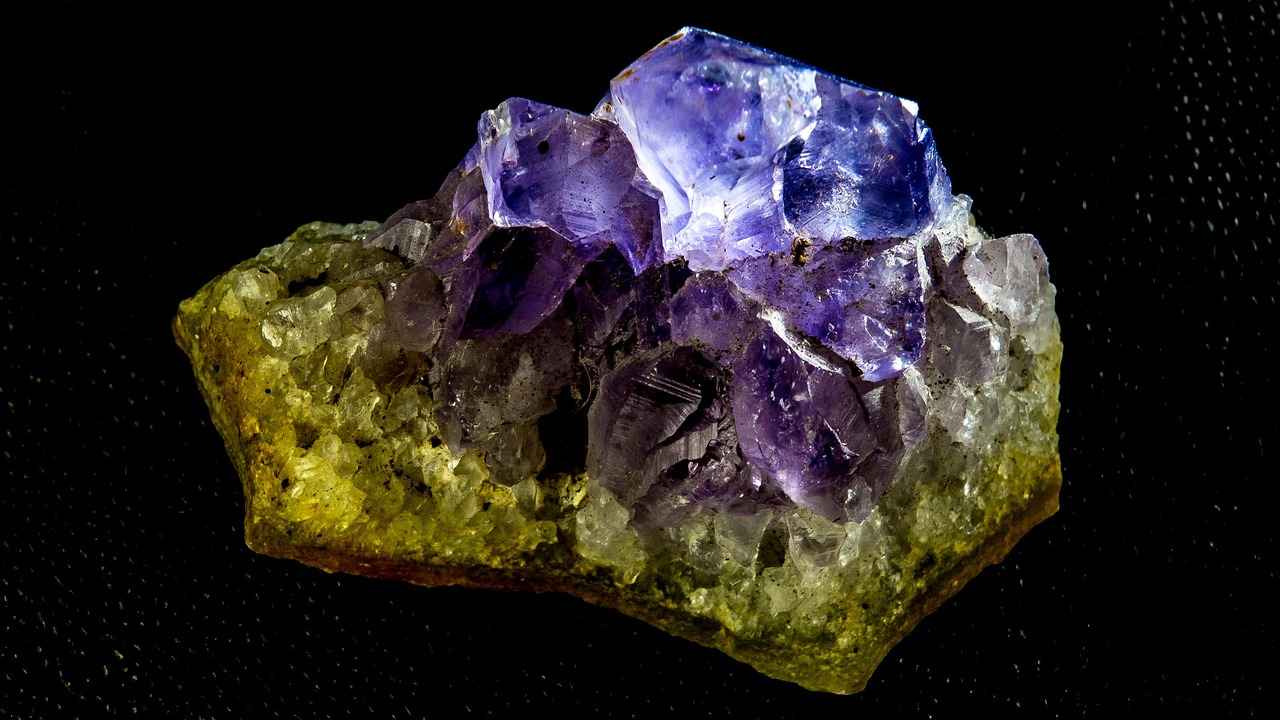
Tips for Buying Rare Gemstones
Investing in rare gemstones can be an exciting venture, but it requires careful consideration and knowledge. Potential investors must navigate a complex landscape of sourcing, pricing, and negotiation tactics to ensure they make informed decisions. This section aims to provide practical advice that can help you successfully purchase rare gemstones.
When it comes to buying rare gemstones, the first step is sourcing. Finding reputable sources is crucial. Here are some tips to consider:
- Research Reputable Dealers: Look for established dealers with a solid reputation in the gemstone market. Check online reviews and seek recommendations from other investors.
- Attend Gem Shows: Participating in gem and mineral shows can provide opportunities to meet dealers and see gemstones firsthand.
- Consider Auctions: Auctions can be a great place to find unique gemstones, but be sure to understand the auction process and fees involved.
Understanding gemstone pricing is essential for any investor. Prices can vary significantly based on several factors:
- Market Demand: The demand for specific gemstones can drive prices up. Stay informed about market trends to gauge the right time to buy.
- Quality Factors: The quality of a gemstone—its cut, clarity, color, and carat weight—directly impacts its value. Familiarize yourself with these characteristics to make better purchasing decisions.
- Certification: A gemstone with a reputable certification from a gemological institute typically commands a higher price. Ensure that any gemstone you consider comes with proper documentation.
Negotiating the price of a gemstone can be daunting, but it’s a crucial part of the buying process. Here are some effective negotiation tactics:
- Be Informed: Knowledge is power. Understand the gemstone’s market value and be prepared to discuss it during negotiations.
- Start Low: Begin your offer lower than your maximum price. This gives you room to negotiate upwards while still staying within your budget.
- Be Patient: Don’t rush the process. Take your time to evaluate the offer and be willing to walk away if the deal doesn’t meet your expectations.
Before finalizing your purchase, consider the following:
- Verify Authenticity: Always verify the authenticity of the gemstone. Request a certificate and, if possible, have it appraised by an independent gemologist.
- Understand Return Policies: Familiarize yourself with the dealer’s return policy in case the gemstone does not meet your expectations.
- Plan for Insurance: Once you acquire a rare gemstone, consider insuring it to protect your investment.
By following these tips, potential investors can navigate the complex world of rare gemstones with greater confidence. Remember, knowledge and preparation are key to making wise investment choices in this fascinating market.
Finding Reputable Dealers
When it comes to investing in rare gemstones, sourcing from reputable dealers is crucial for ensuring quality and authenticity. This section aims to guide you through the process of identifying trustworthy vendors and highlights essential factors to consider during your purchasing journey.
Investing in gemstones can be a significant financial commitment, and purchasing from reputable dealers can safeguard your investment. Reliable vendors offer:
- Authenticity Guarantees: Reputable dealers provide certifications from recognized gemological institutes, confirming the authenticity and quality of the gemstones.
- Transparent Pricing: Trustworthy vendors are upfront about their pricing structures, ensuring that you understand what you are paying for.
- Quality Assurance: Established dealers have a reputation to uphold, which often translates to higher quality stones.
Identifying reputable dealers involves a combination of research and due diligence. Here are some practical steps to follow:
- Research Online: Look for reviews and testimonials on platforms like Google, Yelp, or specialized gemstone forums.
- Verify Certifications: Ensure that the dealer provides certification from recognized gemological laboratories, such as GIA or AGS.
- Ask Questions: A reputable dealer should be willing to answer any questions regarding the gemstone’s origin, treatment, and care.
- Visit in Person: If possible, visit the dealer’s physical location. This allows you to assess their professionalism and the quality of their inventory.
During the buying process, several key factors can help you gauge the reliability of a dealer:
- Return Policies: A reputable dealer should have a clear return policy, allowing you to return the gemstone if it does not meet your expectations.
- Warranty and After-Sales Service: Look for dealers who offer warranties or after-sales services, as this indicates confidence in their products.
- Professionalism: Pay attention to how the dealer interacts with you. Professionalism and a willingness to educate you about the gemstones are good signs of a reputable dealer.
While shopping for gemstones, be vigilant for red flags that may indicate a less-than-reputable dealer:
- Unrealistic Pricing: If a deal seems too good to be true, it probably is. Compare prices with other dealers to gauge market standards.
- Lack of Transparency: If a dealer is unwilling to provide detailed information about the gemstone or their sourcing, it’s wise to proceed with caution.
- No Certification: Avoid dealers who cannot provide certification for their gemstones, as this is a crucial aspect of ensuring authenticity.
By following these guidelines, you can enhance your chances of finding reputable dealers who will provide quality gemstones. Remember, investing in rare gemstones is not just about the stones themselves; it’s about building trust with the vendors who supply them.
Understanding Pricing and Valuation
When it comes to investing in gemstones, understanding the intricacies of pricing and valuation is essential for making informed decisions. The world of gemstones is not just about beauty; it also involves a complex interplay of various factors that determine their market value. In this section, we will explore the key elements that influence gemstone pricing, providing investors with a clearer picture of what to expect.
- Rarity: The scarcity of a gemstone plays a significant role in its valuation. Rare gemstones, such as Alexandrite and Red Beryl, command higher prices due to limited availability.
- Quality: The overall quality of a gemstone is assessed based on its cut, clarity, color, and carat weight. Each of these factors contributes to the stone’s aesthetic appeal and, consequently, its market value.
- Market Demand: The demand for specific gemstones can fluctuate based on trends, fashion, and cultural significance. High demand can drive prices up, while low demand may lead to a decrease in value.
- Provenance: The history and origin of a gemstone can add to its value. Stones with a notable pedigree or those sourced from renowned locations may fetch higher prices.
- Certification: Gemstones that come with certifications from reputable gemological laboratories are often valued higher. Certifications provide assurance regarding the stone’s quality and authenticity.
Gemstones are graded based on the Four Cs: cut, clarity, color, and carat weight. Each of these criteria has a direct impact on pricing:
| Criteria | Impact on Pricing |
|---|---|
| Cut | A well-cut gemstone reflects light beautifully, enhancing its value. |
| Clarity | Higher clarity means fewer inclusions or blemishes, leading to a higher price. |
| Color | Vivid colors are more desirable and command higher prices. |
| Carat Weight | Larger gemstones are rarer and typically more expensive per carat. |
Investors should be prepared for a wide range of prices depending on the gemstone type and its attributes. For example, while a high-quality diamond may cost thousands per carat, less common stones like Paraiba Tourmaline can reach even higher prices due to their rarity.
It’s crucial for investors to conduct thorough research and possibly seek expert advice when determining a fair price for a gemstone. Understanding the market trends and staying updated on the latest valuations can help investors make sound decisions.
Investors should be cautious of common pitfalls when it comes to gemstone pricing:
- Overpaying: Always compare prices from multiple sources before making a purchase.
- Ignoring Certifications: Ensure that the gemstone comes with proper certification to avoid buying a misrepresented stone.
- Neglecting Market Trends: Stay informed about current market trends to avoid investing in stones that may depreciate in value.
By understanding the complexities of gemstone pricing and valuation, investors can navigate the market more effectively and make informed choices that align with their investment goals.
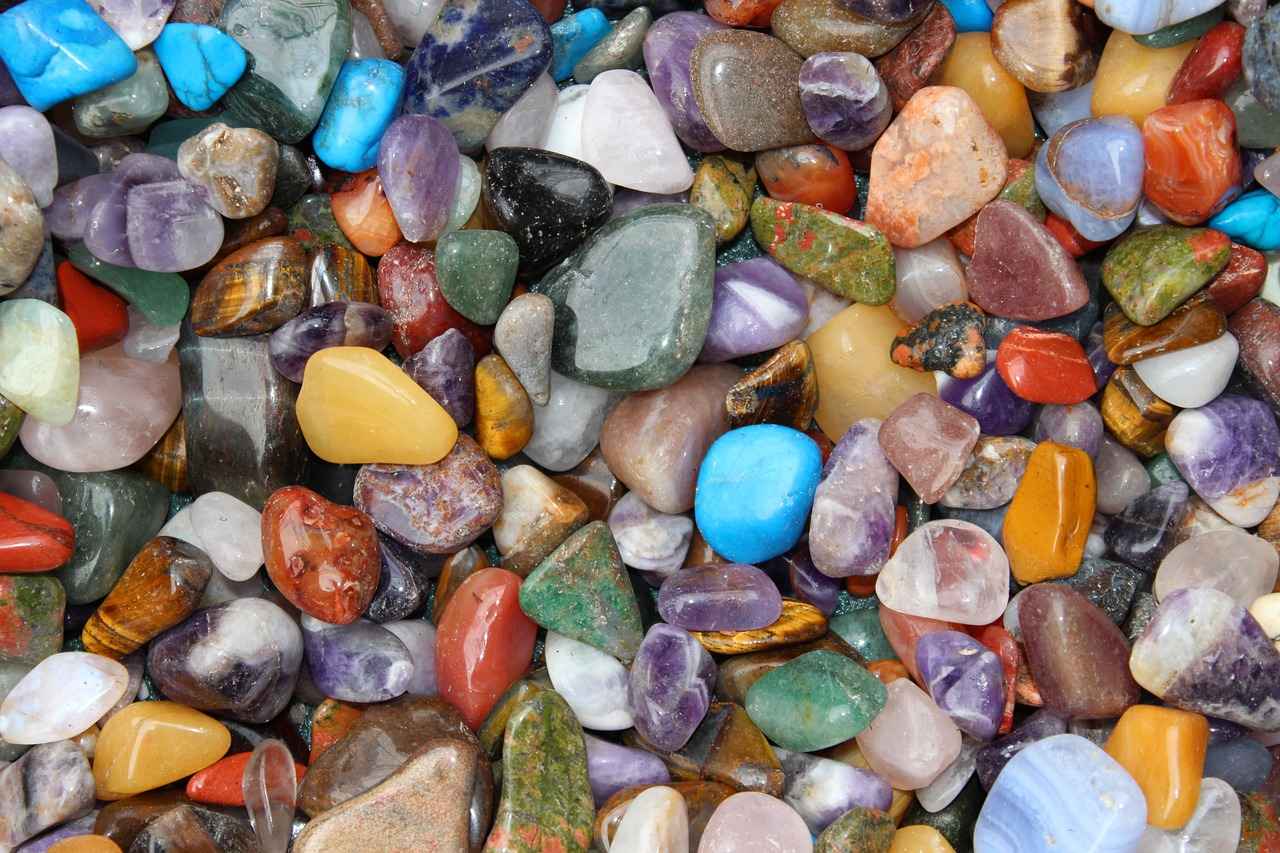
The Future of Gemstone Investments
As we look towards the future, the landscape of gemstone investments is evolving rapidly. This section delves into the prospects for investors, examining key factors such as technological advancements, shifting market demands, and the changing preferences of consumers.
Technology is playing an increasingly vital role in the gemstone industry. From synthetic gemstones to advanced grading systems, innovations are reshaping how investors evaluate and trade gemstones. For instance, the rise of blockchain technology is enhancing transparency, allowing buyers to trace the provenance of their gemstones. This added layer of security can significantly boost investor confidence and potentially increase demand.
The market for gemstones is witnessing a shift in demand dynamics. With a growing emphasis on sustainability, many consumers are now prioritizing ethically sourced and environmentally friendly gemstones. This trend is particularly evident among younger investors who are more conscious of their purchasing decisions. As a result, gemstones that are certified as ethically mined are likely to see a surge in value, thereby influencing overall investment strategies.
Today’s consumers are more informed than ever, often seeking unique and rare stones that reflect their personal style and values. The rise of social media has also played a crucial role in shaping consumer preferences, with platforms like Instagram showcasing exquisite gemstones and influencing purchasing behaviors. This cultural shift towards individuality and personalization is expected to drive demand for niche gemstones, creating new opportunities for investors.
The global economy significantly impacts gemstone investments. Economic stability can lead to increased disposable income, encouraging more people to invest in luxury items, including gemstones. Conversely, during economic downturns, luxury goods often see a decline in demand. Investors must stay attuned to economic indicators and trends to make informed decisions about their gemstone portfolios.
To capitalize on future trends, investors should actively engage with the gemstone community. This includes attending trade shows, participating in online forums, and following reputable sources of information. Networking with industry professionals can provide valuable insights and help investors identify emerging opportunities.
While gemstone investments can be lucrative, they are not without risks. Market volatility, changing consumer preferences, and the potential for fraud are all factors that investors must consider. Conducting thorough research and obtaining certifications for gemstones can mitigate some of these risks. Additionally, diversifying one’s investment portfolio can provide a buffer against market fluctuations.
In conclusion, the future of gemstone investments is bright, driven by technological advancements, changing consumer preferences, and evolving market demands. By staying informed and adaptable, investors can navigate this dynamic landscape and capitalize on the opportunities that lie ahead.
Frequently Asked Questions
- What are the key factors that determine a gemstone’s value?
The value of a gemstone is primarily determined by its rarity, quality, and demand. Key characteristics include the 4 Cs: cut, clarity, color, and carat weight. Scarcity also plays a significant role; the rarer a gemstone, the more valuable it typically becomes.
- How can I tell if a gemstone is a good investment?
To assess a gemstone’s investment potential, consider its historical performance, market trends, and expert certifications. Researching the gem’s rarity and demand is crucial. A stone that has shown consistent appreciation in value over time is often a safer bet.
- What mistakes should I avoid when investing in gemstones?
Common pitfalls include not doing enough research, skipping certification checks, and buying without understanding the market. Always ensure you are purchasing from reputable dealers and be cautious of deals that seem too good to be true.
- How do I find reputable dealers for rare gemstones?
Look for dealers with a solid reputation in the industry, positive customer reviews, and affiliations with recognized gemological institutions. Attending gem shows and seeking referrals from experienced investors can also help you connect with trustworthy vendors.
- What are some emerging markets for gemstone investments?
Emerging markets include regions in Asia and the Middle East, where interest in luxury goods, including rare gemstones, is rapidly growing. Understanding these markets can provide investors with unique opportunities to capitalize on increasing demand.
